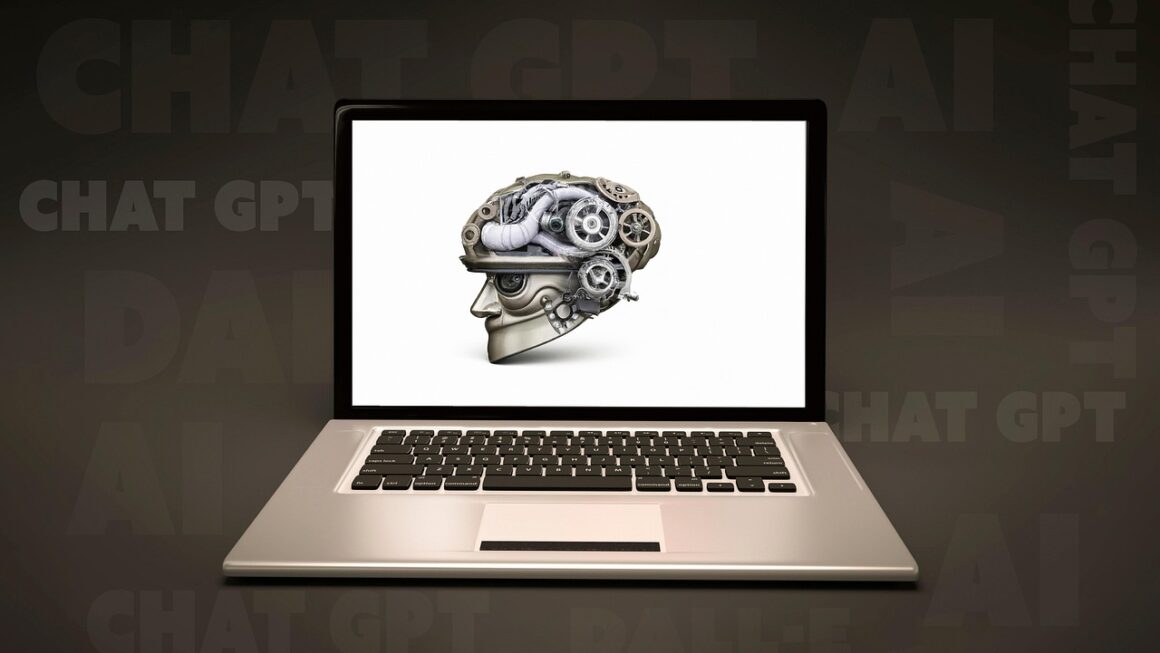AI models are rapidly transforming industries, from healthcare and finance to marketing and entertainment. Understanding what these models are, how they work, and their potential applications is crucial for anyone looking to leverage the power of artificial intelligence in today’s world. This post provides a detailed exploration of AI models, covering their types, training methods, applications, and future trends.
What are AI Models?
Defining AI Models
AI models are computer programs designed to mimic human intelligence and perform tasks that typically require human cognitive abilities. These models are trained on vast amounts of data to identify patterns, make predictions, and automate decision-making processes. Essentially, they are algorithms that learn from data and improve their performance over time.
Key Components of an AI Model
Understanding the components helps grasp how AI models function:
- Data: The foundation of any AI model. Data is used for training and validation. The quality and quantity of data significantly impact the model’s performance.
- Algorithm: The specific set of rules and calculations the model uses to analyze data and make predictions. Examples include regression, classification, and clustering algorithms.
- Parameters: Adjustable values within the algorithm that are learned during the training process. Tuning these parameters is crucial for optimizing model performance.
- Training Process: The process where the model learns from the data, adjusting its parameters to minimize errors and improve accuracy.
- Inference: Using the trained model to make predictions or decisions on new, unseen data.
Types of AI Models
AI models come in various forms, each suited for different tasks:
- Supervised Learning: Models trained on labeled data, where the input and desired output are provided. Examples include image classification and spam detection. For instance, a supervised learning model could be trained to identify different types of flowers based on images and their corresponding labels (e.g., “rose,” “tulip,” “daisy”).
- Unsupervised Learning: Models trained on unlabeled data, where the model must discover patterns and relationships on its own. Examples include customer segmentation and anomaly detection. An unsupervised learning model could analyze customer purchase data to identify distinct customer segments without prior knowledge of what those segments might be.
- Reinforcement Learning: Models that learn through trial and error, receiving feedback (rewards or penalties) for their actions. Examples include game playing and robotics. A reinforcement learning model could be trained to play a video game by receiving rewards for scoring points and penalties for losing lives.
- Deep Learning: A subset of machine learning that uses artificial neural networks with multiple layers to analyze data. It excels at complex tasks like image recognition, natural language processing, and speech recognition. Deep learning models have achieved remarkable accuracy in tasks like translating languages and recognizing objects in images.
Training AI Models
Data Preparation
Preparing data is a crucial step in training an AI model. This involves:
- Data Collection: Gathering relevant data from various sources. The more data, the better the model generally performs.
- Data Cleaning: Removing errors, inconsistencies, and missing values from the dataset. This is critical for ensuring the model learns from accurate information.
- Data Transformation: Converting data into a suitable format for the model. This may involve scaling, normalizing, or encoding the data.
- Feature Engineering: Selecting or creating relevant features from the raw data that the model can use to make accurate predictions. For example, combining multiple columns to create a new, more informative feature.
Model Selection
Choosing the right type of AI model depends on the problem you’re trying to solve. Consider factors like:
- Type of Data: Whether the data is labeled, unlabeled, or sequential.
- Desired Output: Whether you need a classification, regression, or clustering result.
- Computational Resources: The amount of processing power and memory available for training and inference.
- Interpretability: How important it is to understand why the model is making certain predictions.
Training Techniques
Various techniques can be used to train AI models:
- Gradient Descent: An optimization algorithm that iteratively adjusts the model’s parameters to minimize the error.
- Backpropagation: An algorithm used to calculate the gradients needed to update the parameters of a neural network.
- Regularization: Techniques used to prevent overfitting, where the model learns the training data too well and performs poorly on new data.
- Cross-Validation: A technique used to evaluate the model’s performance on unseen data by splitting the data into multiple subsets and training the model on different combinations of these subsets.
Model Evaluation and Tuning
After training, it’s crucial to evaluate the model’s performance and fine-tune it to achieve optimal results.
- Evaluation Metrics: Use appropriate metrics to assess the model’s accuracy, precision, recall, and F1-score.
- Hyperparameter Tuning: Adjust the model’s hyperparameters (parameters that are not learned during training) to improve performance. Techniques include grid search and random search.
- Validation Set: Use a separate validation set to evaluate the model’s performance during training and prevent overfitting.
Applications of AI Models
Healthcare
AI models are revolutionizing healthcare by:
- Diagnosis: Assisting doctors in diagnosing diseases more accurately and efficiently. For example, AI models can analyze medical images to detect tumors or other abnormalities.
- Drug Discovery: Accelerating the development of new drugs by analyzing vast amounts of data and identifying potential drug candidates.
- Personalized Medicine: Tailoring treatment plans to individual patients based on their genetic makeup and medical history.
- Predictive Analytics: Predicting patient outcomes and identifying high-risk patients who require proactive care.
Finance
AI models are widely used in the finance industry for:
- Fraud Detection: Identifying fraudulent transactions in real-time.
- Risk Management: Assessing and managing financial risks.
- Algorithmic Trading: Automating trading strategies based on market data and trends.
- Customer Service: Providing automated customer support through chatbots.
Marketing
AI models are transforming marketing by:
- Personalized Recommendations: Recommending products or services to customers based on their preferences and behavior.
- Targeted Advertising: Delivering targeted ads to specific customer segments.
- Customer Segmentation: Grouping customers into segments based on their demographics, interests, and purchasing behavior.
- Predictive Analytics: Predicting customer churn and identifying opportunities to improve customer retention.
Manufacturing
AI models are optimizing manufacturing processes by:
- Predictive Maintenance: Predicting when equipment is likely to fail and scheduling maintenance to prevent downtime.
- Quality Control: Detecting defects in products using computer vision and other AI techniques.
- Process Optimization: Optimizing manufacturing processes to improve efficiency and reduce costs.
- Robotics: Automating tasks using robots controlled by AI models.
The Future of AI Models
Advancements in Deep Learning
Deep learning is expected to continue to advance rapidly, leading to:
- More Powerful Models: Developing models that can handle more complex tasks and larger datasets.
- Improved Generalization: Creating models that can generalize better to new, unseen data.
- Explainable AI (XAI): Developing models that are more transparent and easier to understand, allowing users to understand why the model is making certain predictions.
Ethical Considerations
As AI models become more powerful and widely used, ethical considerations become increasingly important:
- Bias: Ensuring that AI models are not biased against certain groups of people.
- Privacy: Protecting the privacy of individuals when using AI models.
- Transparency: Being transparent about how AI models are used and the decisions they make.
- Accountability: Holding individuals and organizations accountable for the actions of AI models.
Democratization of AI
AI is becoming more accessible to a wider audience through:
- Cloud-Based AI Platforms: Providing easy-to-use tools and services for building and deploying AI models.
- Open-Source AI Frameworks: Making AI frameworks like TensorFlow and PyTorch freely available.
- Automated Machine Learning (AutoML): Automating the process of building and deploying AI models, making it easier for non-experts to use AI.
Conclusion
AI models are powerful tools that can be used to solve a wide range of problems across various industries. By understanding the basics of AI models, their training methods, applications, and future trends, you can leverage the power of AI to improve your business, organization, and life. As AI technology continues to evolve, it’s essential to stay informed about the latest advancements and ethical considerations to ensure that AI is used responsibly and effectively.




